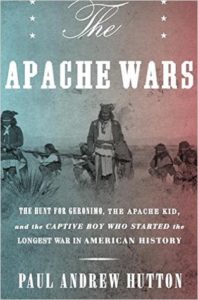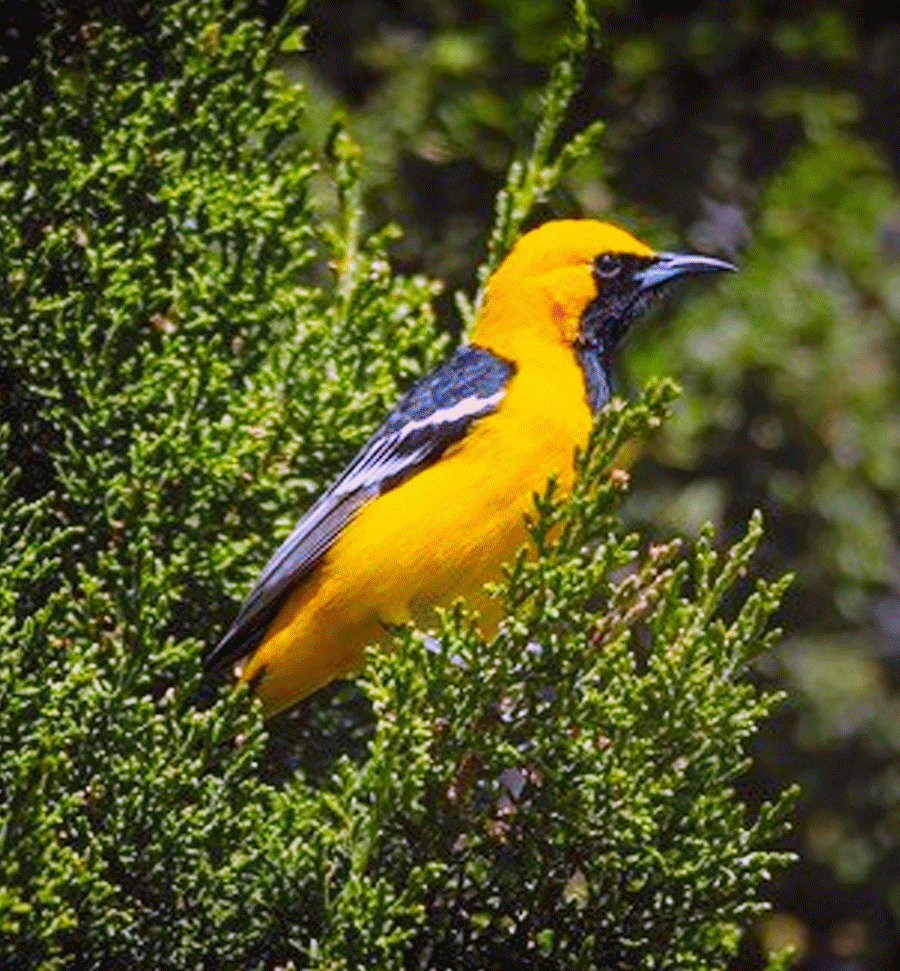Paul Andrew Hutton will give a presentation, “From Ivory Tower to the Big Apple—Writing Popular History and Academic Publishing,” at the Southwest Festival of the Written Word on Sunday, October 1, at 10:00am at the Seedboat Gallery. The transition from academic writing to the creation of a commercial work for a broad popular audience can prove quite challenging, even for an author who has written many popular magazine pieces as well as for film and television. Hutton will discuss the process by which he wrote the proposal for his 2016 book for Crown, The Apache Wars, and the journey from acceptance by the publisher to finished book. Throwing off the shackles of the academic mindset proved far more difficult than the author anticipated, but the end result was both professionally and personally rewarding.
Hutton will also participate in a panel with Mark Medoff and Dick Gerdes, to discuss aspects of the literary life such as inspiration, technique, performance, and finding your voice. This will take place on Saturday, September 30 at 3:00pm at the Seedboat Gallery.
Susan Berry reviewed Hutton’s book The Apache Wars: The Hunt for Geronimo, the Apache Kid, and the Captive Boy Who Started the Longest War in American History:
A tagline for the new Ken Burns Vietnam documentary reminds us that “There is no single truth in war.” This maxim holds especially true for the Apache wars of the American Southwest, which like the Vietnam conflict were drawn-out, controversial, and entailed the use of guerilla tactics. While many Native Americans were subjugated in the course of “taming” the West, the Apaches fought back with unparalleled fierce tenacity. Their loose organizational structure allowed bands to unite in attack, then scatter into a surrounding landscape they knew intimately. They were accustomed to survival in a setting where, in author Paul Andrew Hutton’s words, “every plant bore a barb, every insect a stinger, every bird a talon, every reptile a fang.” They fought to the bitterest of ends, when at last there was virtually nothing left to lose.
 The Apache Wars chronicles a quarter-century of warfare between the U. S. Army and the Apaches in their own homeland, starting with the 1861 abduction of a twelve-year-old boy in Arizona’s Sonoita valley. An ambitious officer’s ill-considered response to that incident triggered decades of bloody encounters across southern Arizona and New Mexico, also spilling over the Mexican border. Many writers have addressed aspects of this extended and exceedingly violent conflict, and Hutton draws on the published works of more than 400 individuals in his own book (its copious bibliography also includes official records and the contents of archival collections). The resulting account is at once comprehensive and eminently readable.
The Apache Wars chronicles a quarter-century of warfare between the U. S. Army and the Apaches in their own homeland, starting with the 1861 abduction of a twelve-year-old boy in Arizona’s Sonoita valley. An ambitious officer’s ill-considered response to that incident triggered decades of bloody encounters across southern Arizona and New Mexico, also spilling over the Mexican border. Many writers have addressed aspects of this extended and exceedingly violent conflict, and Hutton draws on the published works of more than 400 individuals in his own book (its copious bibliography also includes official records and the contents of archival collections). The resulting account is at once comprehensive and eminently readable.
Felix Martinez, the young captive, was ultimately one of a few individuals to experience the full length and breadth of the Apache wars. Red-haired, blue-eyed Felix grew to adulthood among his captors—as Hutton writes, he “changed from a pioneer ranch boy into an Apache warrior.” His sense of personal identity became further complicated when he enlisted as an Army scout and rode in pursuit of renegade Apaches. Renamed Mickey Free, he was described by a fellow scout as “half-Irish, half-Mexican, and all son-of-a-bitch.” His conflicted loyalties would be tested on more than one occasion, and those on both sides distrusted him. The story of Mickey Free threads throughout The Apache Wars, adding his unique perspective to the larger narrative.
Any undertaking on the monumental scale of The Apache Wars is bound to have a few small glitches. Southwest New Mexico readers may notice that Santa Lucia Springs (now known as Mangas Springs) were twice mislocated, placed first on the headwaters of the Gila River and then in the Mimbres Valley. Apart from the absence of a wall-sized map and a dramatis personae, however, the book leaves little room for improvement. This reviewer wishes the author had noted one bit of ironic historical symmetry—the Apache wars opened with the abduction of a twelve-year-old boy in 1861 and closed with the return of another boy captive twenty-five years later. Among Geronimo’s straggling followers at his final surrender in 1886 was thirteen-year-old Santiago McKin, taken from his family’s Mimbres Valley ranch in New Mexico seven months earlier.
To call The Apache Wars encyclopedic would be an understatement. Although it fills more than 500 pages, this is no mere compilation of facts. Such a masterwork—sweeping in scope but even-handed and powerfully resonant on a human level—can only be produced by a seasoned historian. Paul Andrew Hutton, who is also a gifted storyteller, has proved himself more than equal to the task.
Paul Andrew Hutton is an American cultural historian, an award-winning author, a documentary film writer, and a television personality. He holds the rank of Distinguished Professor at the University of New Mexico, and has also served as director of the Western History Association, and is a past president of Western Writers of America. His latest book, The Apache Wars: The Hunt for Geronimo, The Apache Kid, and the Captive Boy Who Started the Longest War in American History was published by Crown, a division of Penguin Random House, in May 2016 with the paperback released by Broadway Books (a Crown imprint) last May. The book received the Western Writers of America Spur Award for best nonfiction. Hutton is also the author or editor of Phil Sheridan and His Army, The Custer Reader, Soldiers West, Roundup and Western Heritage.



